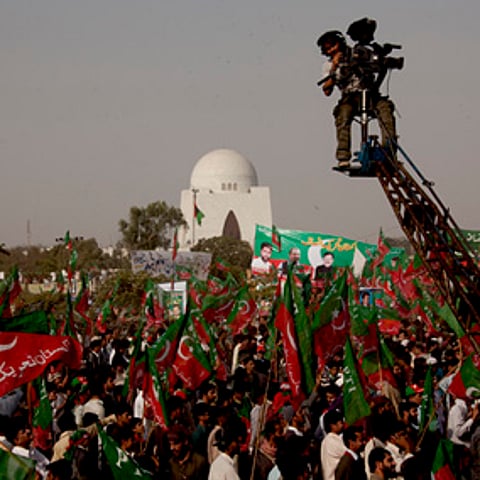The cantonment state
Four sugar mills, three cement factories, one woollen mill, one pharmaceutical plant, one lubricant factory, two banks, one insurance company, three housing schemes, one experimental seed farm, two corn mills, one plastics factory, two gas plants, two fertiliser factories, one oil well, 12 hospitals, 24 mini health centres, 65 pharmacies, two artificial limb factories, eight eye clinics, 64 schools, two colleges, 11 training centres, 2,000 HGVs, 4,000km of roads, 19 airfields, at least 13 hydroelectric dams and drainage projects, a land reclamation project, nine power plants, two wind farms, 15 other factories, all telephone and internet services in the Northern Province and Kashmir, an undisclosed number of ordnance factories, a tank factory, and pretty much all of the infrastructure and service providers in the border regions of the north and parts of the tribal areas.
According to the Pakistani army's website this is the sum total of the military's commercial assets. Of course this is not the case. For a start, they missed out the golf courses.

